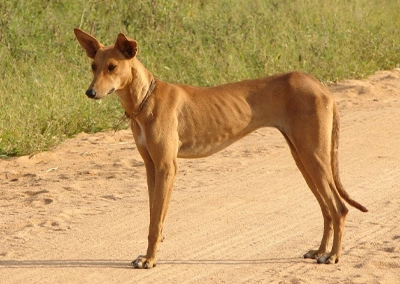African village dogs are believed to have descended from indigenous African dogs that have lived on the continent for thousands of years. These dogs are thought to have evolved alongside human populations, with early ancestors of the dog accompanying ancient human migrations across Africa. Over time, these dogs adapted to their local environments and were selectively bred for traits that were useful to humans, such as hunting, guarding, and companionship. They played a vital role in the lives of African communities, serving as loyal companions, guardians of livestock, and hunting partners. Despite their long history, African village dogs have received relatively little attention compared to standardized breeds. However, there is growing interest in preserving and studying these indigenous dogs due to their unique genetic diversity, adaptability, and potential contributions to modern dog breeding programs. African village dogs come in a variety of shapes, sizes, and coat types. Their appearance can vary greatly depending on their geographic location, climate, and the specific tasks they are bred for.
Village Dog Africa

